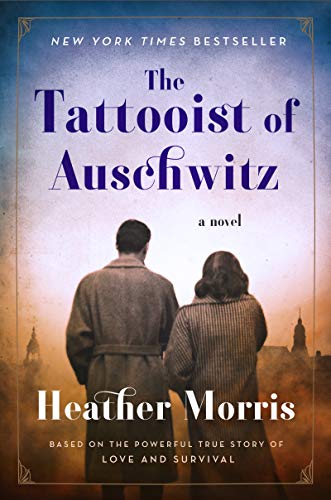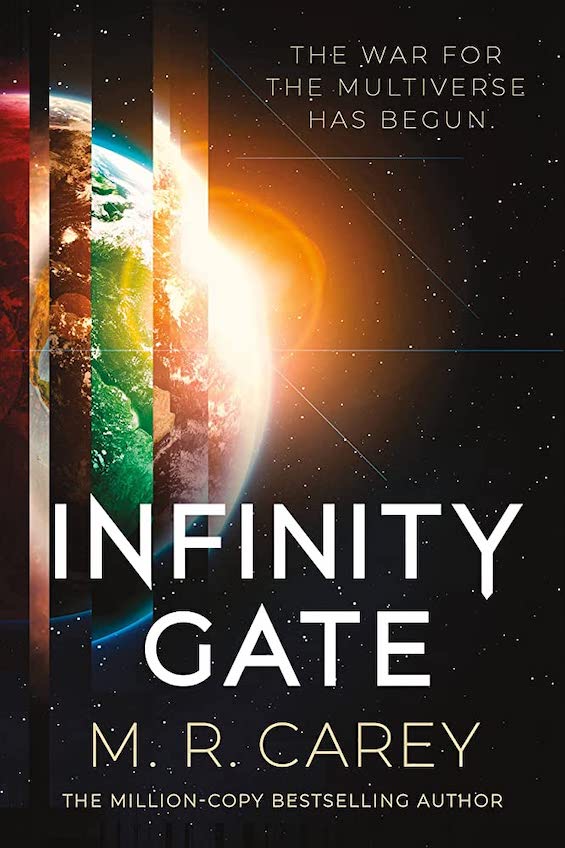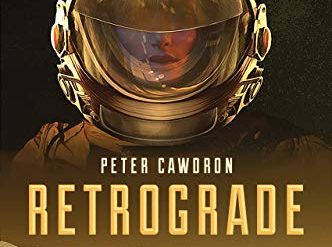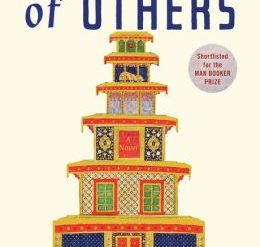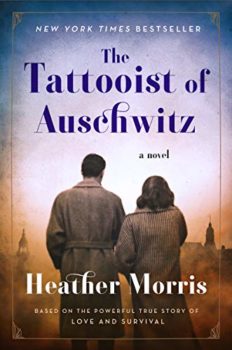
Holocaust memories continue to haunt millions of Jews worldwide. For many, like myself, this is true even if we have no family connection to those who perished. But in my case the words “Holocaust” and “Auschwitz” have special resonance. As a young man in 1965, I visited the site of Auschwitz II – Birkenau and spent an afternoon in the museum there. It was one of the most horrific experiences of my life.
Estimated reading time: 3 minutes
My first encounter with Holocaust deniers
Visiting the death camp was a shock as much for what I heard in conversations around me as for what I saw. Auschwitz is in Poland close to what was then the East German border. And most of the tourists, of whom there were many, were German-speaking. To use today’s vernacular, many of the young men and women around me were talking trash. (Yes, I understood a little German back then.) They seemed to agree that the museum was a hoax perpetrated by the Polish government or the Russians. They simply did not believe that Germans could possibly have done what documentary evidence in front of their eyes made clear they had done. And as we know now their attitude was widely shared.
The Tattooist of Auschwitz by Heather Morris (2018) 249 pages ★★★★★
Holocaust memories: A deeply moving love story set at Auschwitz
The Tattooist of Auschwitz, set largely in the death camp itself, offers a fictional picture of life there from 1942 until the end of World War II. The book is a novel. Yet it is squarely based on the real-life experiences of “Lale” Eisenberg, a young Slovak Jew who was transported to Auschwitz in April 1942. Lale survived the camp when millions didn’t, largely because he was pressed into service to tattoo the notorious numbers on the arms of incoming prisoners.
Yet, if his testimony is to be believed, Lale’s survival had as much to do with his love for a young woman named Gita Furman who had lived in another town in Slovakia. Above all, Tattooist is a love story. They met at the camp. Afterwards, Lale and Gita married and raised a family together under the name Sokolov in Australia for many years. Lale told the story to author Heather Morris in interviews “two or three times a week [over] three years” shortly before his death.
About the author
Heather Morris was born in New Zealand but has lived in Australia since 1971. Originally, she wrote The Tattooist of Auschwitz as a screenplay. However, when a studio that had optioned the story failed to produce it, she converted the script to a novel. The book has been published in dozens of countries worldwide and remains on US bestseller lists at this writing. You’ll find a 3-minute video of Heather Morris describing her first meeting with Lale at this link.
For related reading
For more great reading, check out Great books about Jewish topics.
You might also enjoy my posts:
- 5 top nonfiction books about World War II
- The 10 best novels about World War II
- The 10 most consequential events of World War II
- 15 good books about the Holocaust, including both fiction and nonfiction
If you enjoy reading history in fictional form, check out 20 most enlightening historical novels. And if you’re looking for exciting historical novels, check out Top 10 historical mysteries and thrillers.
You may also be interested in Top 10 great popular novels.
And you can always find all the latest books I’ve read and reviewed, as well as my most popular posts, on the Home Page.

